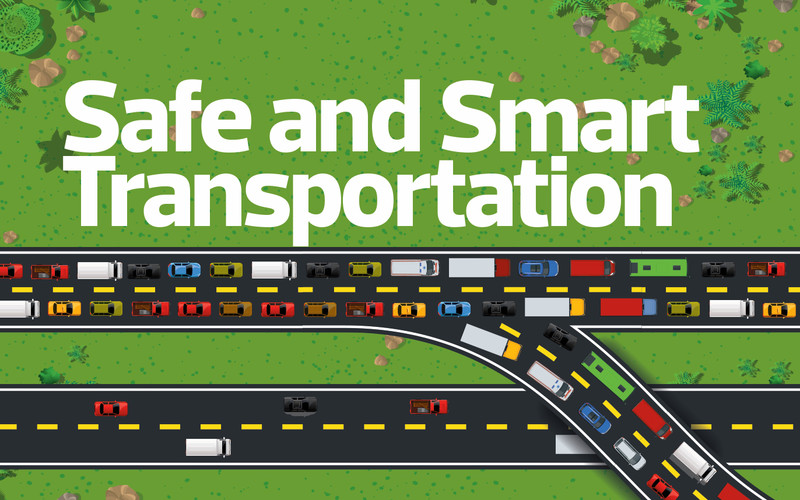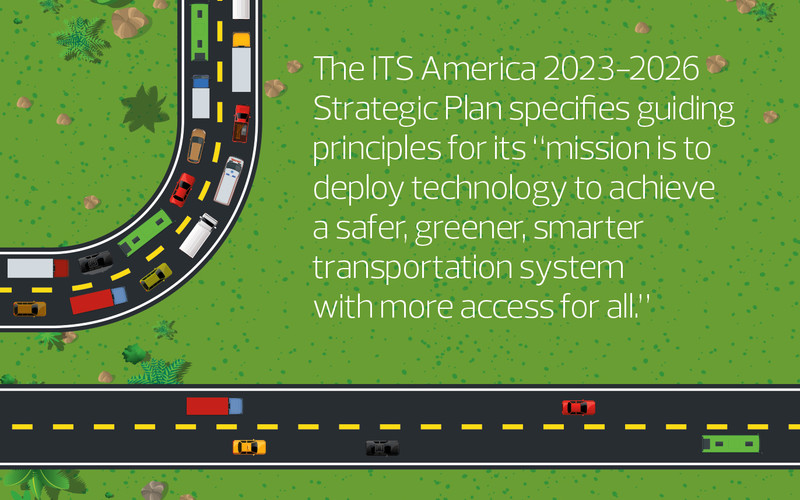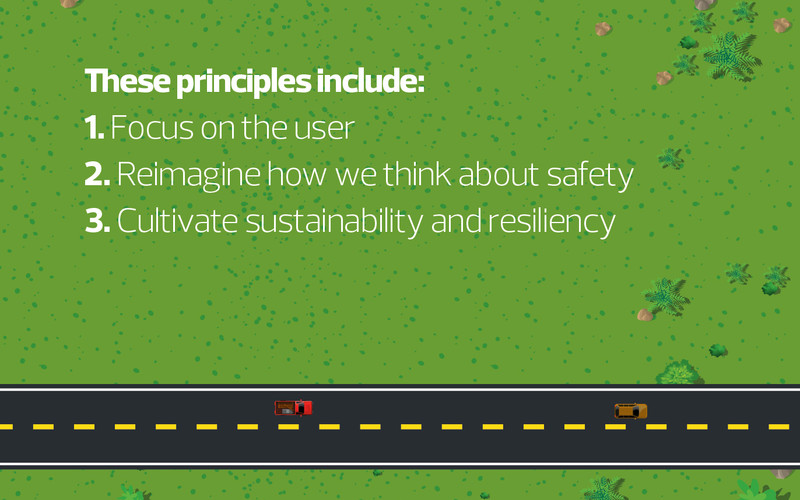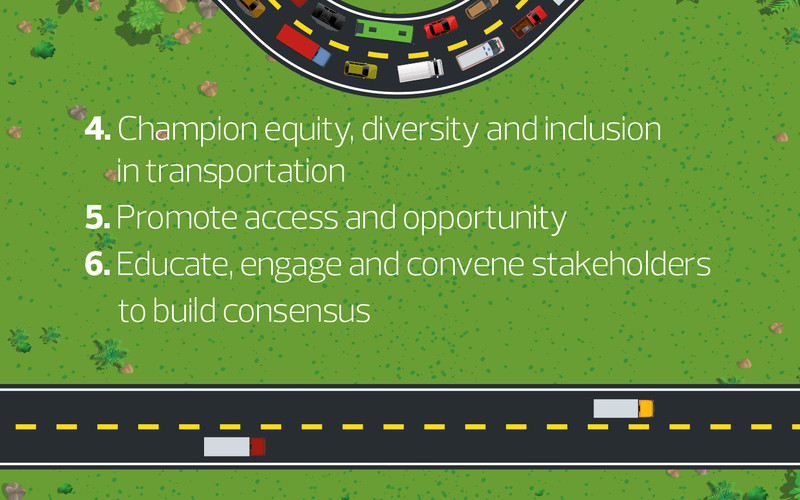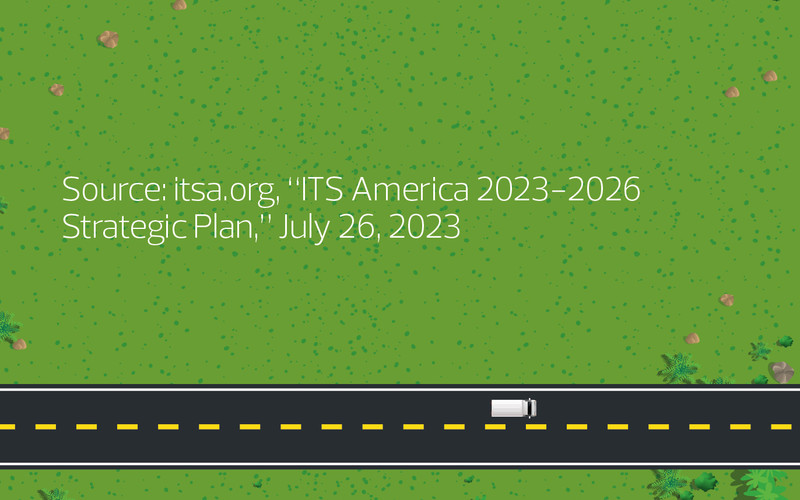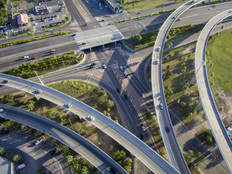There aren’t a lot of U.S. roadways more challenging or potentially dangerous than Interstate 70 in Colorado.
The highway tops out beneath the Continental Divide at an elevation of 11,158 feet. After emerging from the Eisenhower-Johnson Memorial Tunnel, it eventually drops both east and west toward Denver and Grand Junction, Colo., respectively. On some stretches along the way, the road becomes so relentlessly steep that trucks lose their brakes to overheating. Add snow, sleet or rain to the mix, and the accidents that result can be deadly.
The Colorado Department of Transportation has struggled with the “I-70 issue” for years, says Bob Fifer, CDOT’s deputy director of operations. But with the help of new technologies, he says, the agency is starting to make significant progress on the problem.
The solution involves using digital tools to build what traffic management professionals call an intelligent transportation system, or ITS. Colorado is an outlier with its avalanche paths and 6 million lane miles of annually plowed roadway, but CDOT is just one of many state and local transportation agencies to recognize the value of ITS.
Click the banner to learn if your cloud environment is meeting your agency’s needs.


“Intelligent transportation” is not a new concept, says Sarah Catz, a research associate at the University of California, Irvine’s Institute of Transportation Studies. The first ITS America conference, which she attended, was held 28 years ago.
“The big difference now is how far the technologies have advanced and the fact that, today, ITS solutions can be found at just about every transportation agency in the country,” Catz says.
She points to the California Department of Transportation as an example. “If you go into Caltrans headquarters, you’ll see a huge room with tons of TVs and several people at a table monitoring what’s going on,” she says. “If they see there’s an accident, for instance, they can immediately get law enforcement and emergency vehicles out there and get traffic moving again. They’re able to take action very quickly because they have access to so much real-time information.”
LEARN MORE: How to improve storage capabilities for public transit video surveillance.
Using Data to Better React to Conditions
CDOT has placed dozens of sensors along I-70 that collect data on everything from weather conditions to vehicle speeds and traffic volume. That data is aggregated through the agency’s Ciena fiber-optic network infrastructure, then fed into a real-time data hub in a centralized repository in Google Cloud.
From there, the data is processed by an analytics platform that relies on an algorithm to determine whether roadway variables warrant a change in CDOT’s digitally posted speed limits.

“If we start seeing freezing temperatures and icing of roads, it will proactively adjust speed limits to slow people down,” Fifer says. Once the weather clears, the system recalculates to reflect the new conditions and gradually returns speed limits to normal.
Fifer and his CDOT colleagues have full visibility into the ITS from the agency’s operations headquarters in Golden, Colo., and they’re constantly finding new uses for the technology, he says. Elsewhere in the state, for example, smart traffic cones in construction zones send alerts to drivers via roadside digital signs. The agency is currently testing an avalanche detection system that would prevent vehicles from entering roads that could be buried in snow.
The avalanche technology could be used not only to save drivers’ lives but also to allow emergency and maintenance crews to get a head start on cleanup and repair. Ultimately, ITS at CDOT is about identifying opportunities where the agency can be more efficient and more effective in making the state’s roads safer for travelers, Fifer says.
“It’s using the right tools for the right problems to create situational awareness so we can make informed decisions,” he adds.
Back to the article
Autoplay
Full Screen
Grid View
Exit Full Screen
Back to the article
Autoplay
Full Screen
Grid View
Exit Full Screen
How to Improve and Optimize Transportation Efforts
The Gwinnett County Department of Transportation manages thousands of miles of roads, nearly 200 bridges and more than 750 traffic signals in the metropolitan area northeast of Atlanta.
As the county’s advanced traffic management system and traffic control center section manager, Ken Keena oversees a team of seven, including two analysts who monitor traffic flow primarily during morning and afternoon peaks. The agency uses Cisco switches and routers to streamline network management and bolster connectivity for hundreds of traffic control beacons at road junctions across the county. They’ve also turned to Cisco to secure their traffic management infrastructure and to gain complete visibility into the devices under their purview.
For now, Keena says, the agency’s biggest ITS initiative involves the fiber-optic network it established specifically to communicate with traffic signals and pan-tilt-zoom cameras at intersections.
“That network is the backbone of our work in the traffic control center,” he says. “It lets us do things like make timing adjustments and talk to devices in the signal cabinets,” including radar sensors and battery backup systems. It also allows them to diagnose problems remotely so they can reduce the time it takes to make repairs.
It’s using the right tools for the right problems to create situational awareness so we can make informed decisions.”
Bob Fifer
Deputy Director of Operations, Colorado Department of Transportation
When a traffic light goes to flash mode, for example, it’s often an indication that something’s wrong with the signal.
“Because we’re connected, we’ll get a notification instantly through the signal software so our technicians can respond right away,” Keena says.
The county is currently working with the Georgia Department of Transportation, he says, to deploy connected-vehicle roadside units that can communicate at intersections with buses and emergency vehicles equipped with similar technology. In the future, the initiative may be expanded to enable communication with citizens’ connected vehicles as well.
“This, and everything we do in transportation, is evolving very quickly,” Keena says. “It’s exciting to look ahead and think about the possibilities.”
How to Achieve Real-Time Visibility to Improve Traffic Safety
The Austin Transportation and Public Works Department has been testing and implementing new ITS technologies since it applied for a grant from the U.S. Department of Transportation through DOT’s Smart City Challenge in 2015.
47,432
The number of miles of interstate highway across all 50 states
Source: blog.midwestind.com, “How Many Miles Of Roads Are There in the U.S.?” Dec. 28, 2015
The Texas agency didn’t win that competition, but the work it did in preparing its proposal opened doors to subsequent collaboration with a number of tech companies in Austin and elsewhere. Today, it has piloted everything from intersection-based video analytics software to a solar-powered LG camera system that processes data on curbside parking, says Kirk Scanlon, a division manager in TPW’s SMART Mobility Office.
“Anything we use has to help us meet our goals around improving traffic safety, reducing congestion and improving air quality in the city,” Scanlon says, noting that the agency ultimately implements only a small fraction of the digital tools they test. “A lot of these systems are promising, but at the end of the day we want to connect the dots between what the technology does and how it benefits our community.”
READ MORE: How cities are implementing smart streets pilots for safer driving.
Photography by Patrick Cavan Brown






